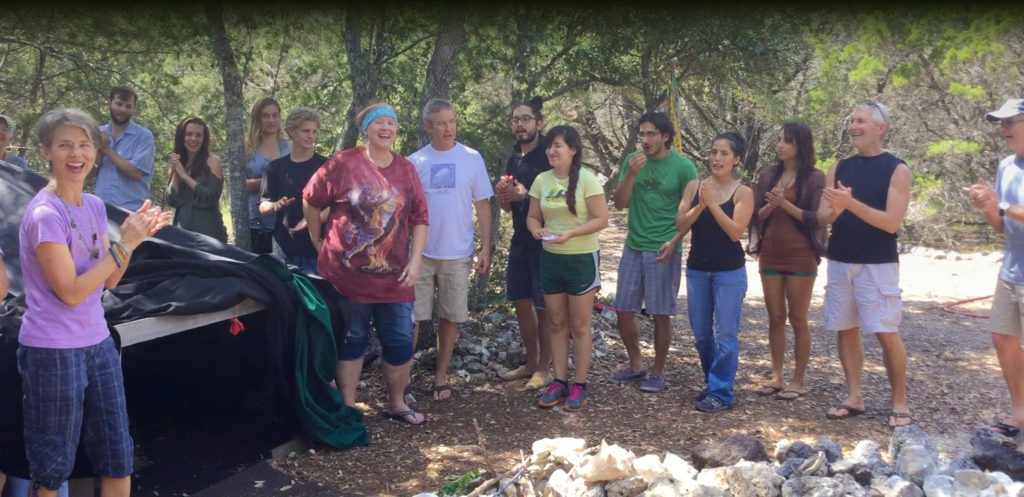
Sweat Lodge
Sweat lodges have been used by Native Americans for thousands of years and are part of many cultures’ spiritual practices. The structures are dome-shaped and often made from natural materials, such as saplings, blankets, and canvas tarpaulins. The lodges are built to contain steam and are considered sacred spaces that symbolize the womb of Mother Earth, connecting participants with nature.
Sweat lodges have been used for cleansing, purification, and spiritual communion. For example, the Lakota refer to the sweat lodge purification rite as inipi, which means “to live again”. Participants believe that the ceremony helps them shed physical and non-physical impurities, and that they may receive visions that guide their future or deliver messages for the greater good. Some say that sweating can also help the body eliminate toxins and impurities.
Logistically, heated rocks are carried respectfully from the ceremonial fire into a hut-like structure. The rocks are placed in a hole in the center of the lodge “sipapu” (place of emergence). The participants crawl into the inipi on all fours in a clockwise direction and sit in a circle around the glowing rocks. The Pipe Carrier leading the lodge leads the participants in prayer around the four cardinal directions, East, South, West and North. Upon completion we crawl out backwards the way we came in.